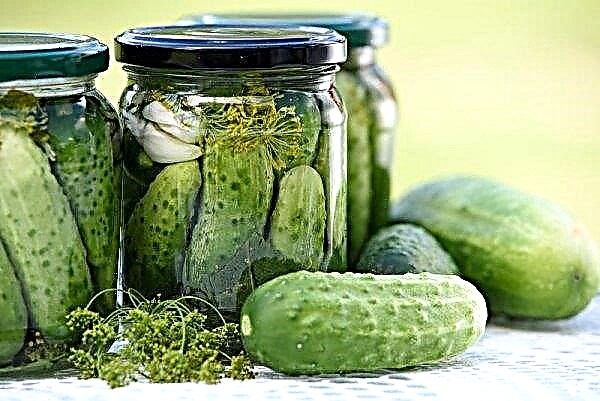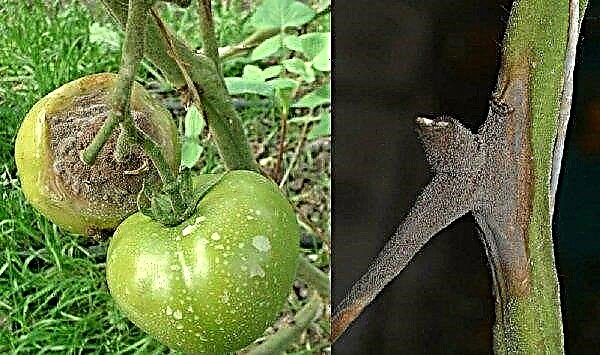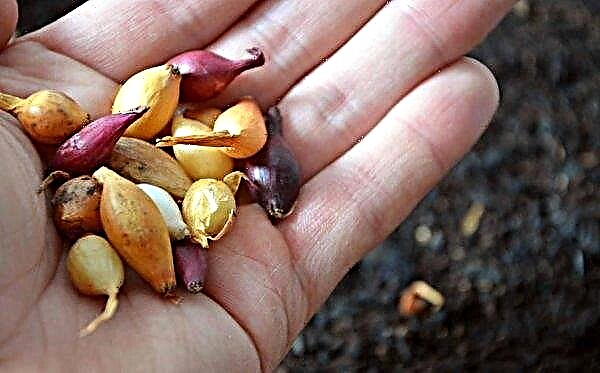In the state of Kansas (USA), the first case of resistance of Palmer amaranth to synthetic auxin herbicides was recorded.
Synthetic auxin (group 4) dicamba herbicides and 2,4-D herbicides are commonly used in the processing of soybeans.
A sustainable population of Palmer amaranth was collected by scientists from Kansas State University as a result of a long-term conservation study of the soil at the Ashland Agronomy Experimental Field in northeastern Kansas. The soil conservation experiment was started more than 45 years ago with the aim of comparing different soil treatment and crop rotation systems. The revealed resistance of the weed to the herbicides dicambra and 2,4-D greatly complicates the task of combating this weed plant in soil conservation systems.
Amaranth Palmer is one of the most economically harmful and difficult to control broadleaf weeds in the United States.
Dicamba and 2,4-D (Group 4) have been used by farmers in the fight against amaranth for many years, however, recently cases of low efficacy of herbicides have become more frequent. Farmers note that Amaranth Palmer is becoming increasingly difficult to control, especially in continuous grain-free sorghum systems.












